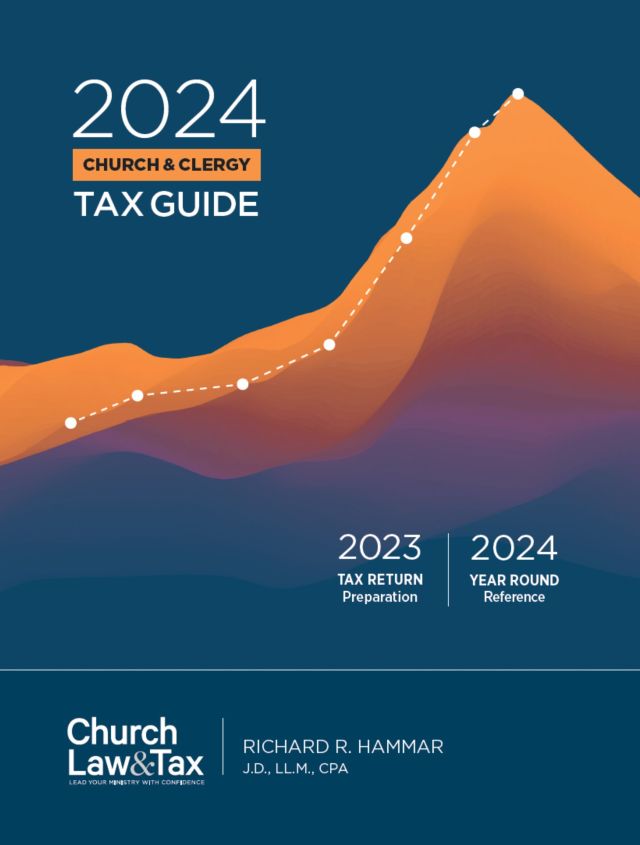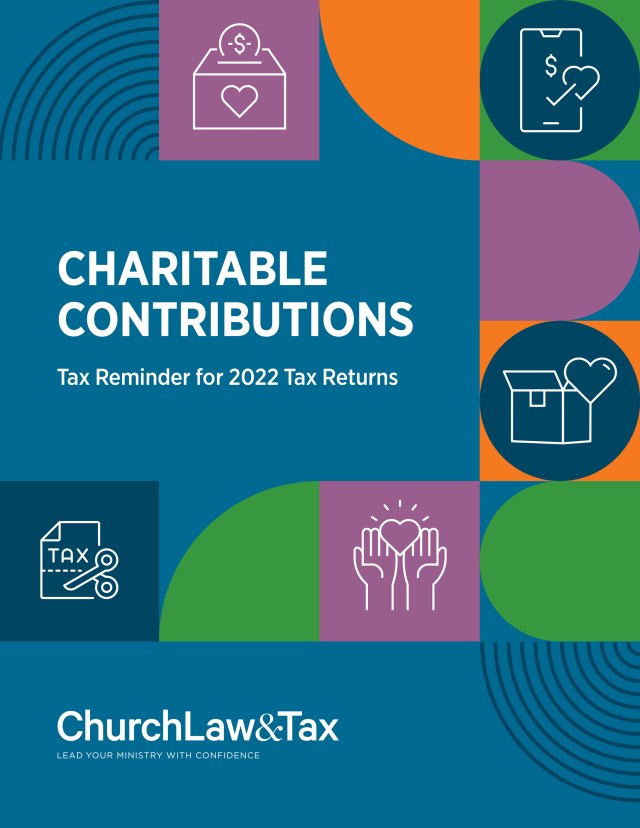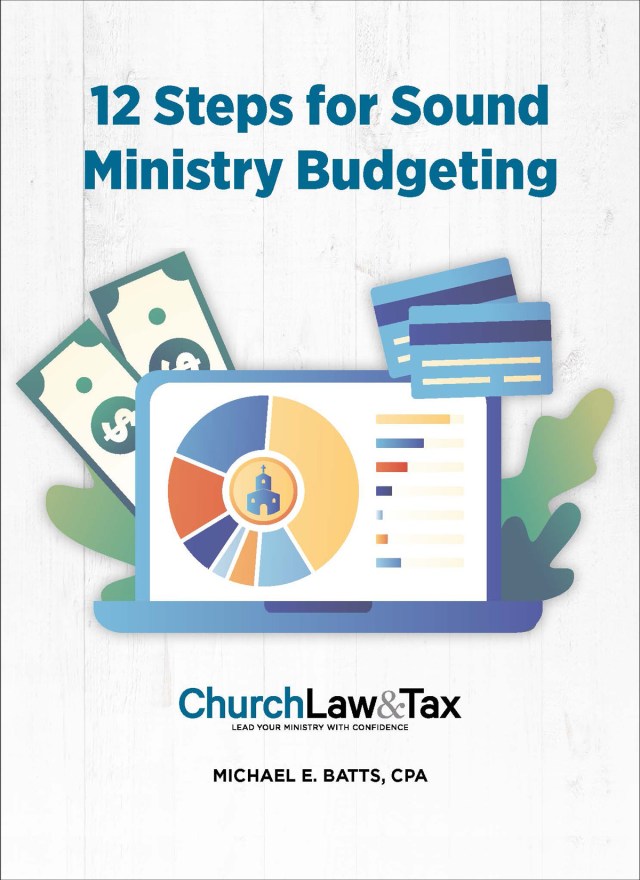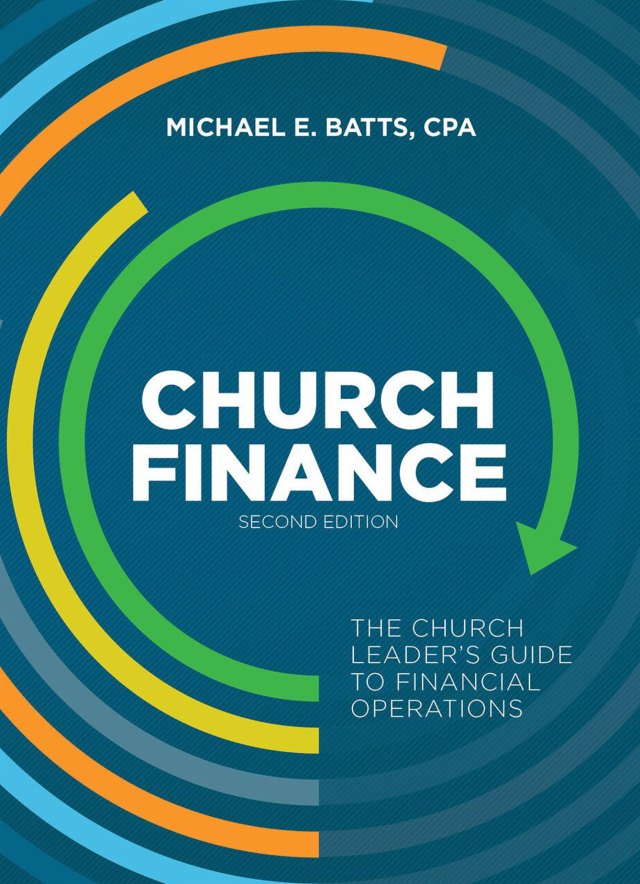With the lingering effects of the COVID-19 pandemic, my church is trying to figure out how to best assess its cash flow going forward. Do you include in your cash-flow forecast your cash reserves and lender-mandated debt service reserves, or do you only include your “operational cash?”
When we’re looking at a liquidity assessment, we’re looking at total liquidity. That is, total cash available for operations. That includes cash reserves that are available for use if needed. The reason we do that is because we’re talking about a scenario such as the one created by the pandemic where a church may need to use its reserves—at least to some extent.
We’ll want to measure all of what we consider to be cash available right now for operations. Whether it’s in your operating account, in highly liquid investments, or in some other account, it is the cash available which can be used for operations.
However, your operating cash does not include restricted cash. For example, it is not your donor-restricted gifts that were given and held for mission trips or for the building fund. Again, it is only your operating cash.
Further, if you have loan covenants as part of your debt agreements that require the church to maintain minimum debt service reserves, keep in mind that failure to maintain the liquidity requirement mandated by a loan covenant is likely an event of default on the loan—which can have very adverse consequences. So, we would not count as available cash any debt service reserves that are maintained due to a legally binding requirement in the church’s loan agreements.
Editor’s note: For more on donor-restricted funds, see chapters 1, 3, and 10 in Mike Batts’s book Church Finance: The Church Leader’s Guide to Financial Operations. He also addresses the proper use of restricted funds in this previous Q&A.
Michael (Mike) E. Batts is a CPA and the managing partner of Batts Morrison Wales & Lee, P.A., an accounting firm dedicated exclusively to serving nonprofit organizations across the United States.




